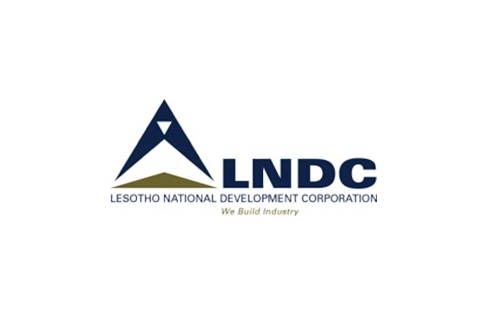Lesotho produces 80 megawatts of electricity and the demand in winter goes as high as 120 megawatts. Opportunities lie in the generation of solar energy, wind energy and hydro power to generate electricity and meet the current supply gap. Excess power can be sold to neighbouring countries.
Hydro power
The Lesotho Highlands Water project offers opportunities for mid to large scale hydropower development and several studies have been conducted on possible pumped-storage plants as well. It is estimated that the large-scale hydropower generation potential for Lesotho is approximately 450 MW.
Additionally, there is significant potential for small scale hydro as well as wind and solar energy. As to small scale hydro, there are currently four mini hydro-power stations in the mountains at Semonkong, Tlokoeng, Tsoelike and Mants'onyane. It is estimated that there are roughly other 20-40 sites avaiaible for exploitation with a combined potential of more than 20 MW. The situation in Lesotho is conducive to developing small hydropower systems due to adequate existing hydropower resources and a settlement pattern in rural areas that favours decentralised energy systems. The current legislation that allows independent power producers to generate electricity for the national grid and the creation of a National Rural Electrification Fund by the government is seen by the authors as facilitating the uptake of small hydropower technology. Feasibility studies have been completed on three preferred sites: Tlokoeng, Motete and Qacha’s Nek.
Wind energy
Even more exciting is the wind energy potential in Lesotho. Estimates have ranged that there is the potential to generate over 6,000 MW of wind power in the foreseeable future. Opportunities abound for investors in this area. Current projects include the 35MW Letseng Wind project, currently in the last stage of financial closure as well as the Semonkong Wind project, currently in feasibility study with promising results.
Solar energy
In regard to solar energy, the Lesotho Energy Master Plan estimated solar energy at an annual average of 7,520 MJ/m2 per day on horizontal surface. As part of the national sustainable development policy, one of the main objectives of the government in the energy sector is to promote the adoption of solar energy technologies. The draft paper on renewable energy policy enlists solar PV applications (solar home systems, PV for clinics, PV for water pumping and PV for telecommunication) and solar thermal technologies (solar water heaters, passive solar renewable energy technologies in Lesotho.

About LNDC
The Lesotho National Development Corporation (LNDC) is the main parastatal of the Government of Lesotho charged with the implementation of the country’s industrial development policies.
“The mandate of the Corporation is to initiate, promote and facilitate the development of manufacturing and processing industries, mining and commerce in a manner calculated to raise the level of income and employment in Lesotho.” more...
Contact us
Lesotho National Development Corporation
Block A, Development House, Kingsway Street
Maseru, Lesotho, 100
- [email protected] or [email protected]
- +266 22312012
- Fax: +266 22310038
Stay Connected
